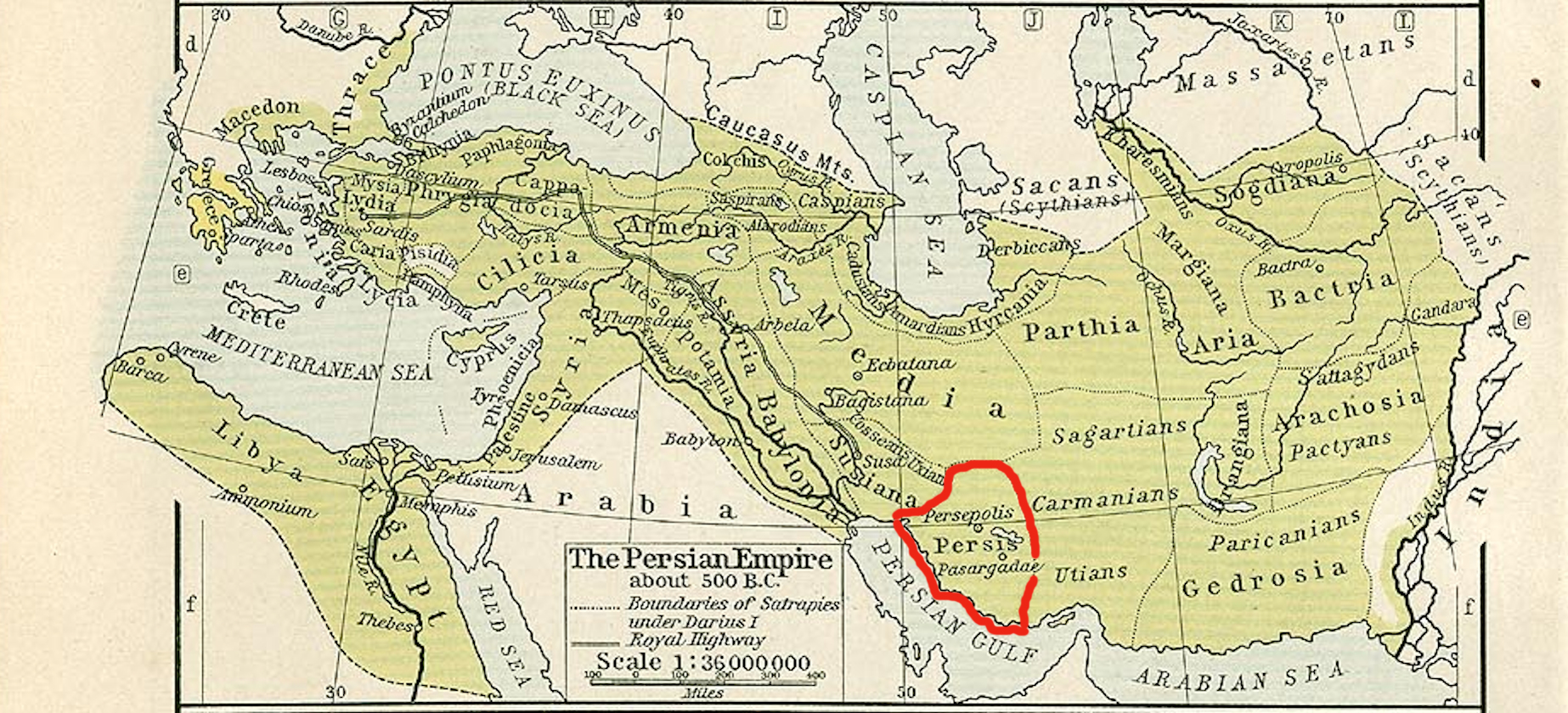Baydād on:
[Wikipedia]
[Google]
[Amazon]
Baydad (also spelled Bagdates), was a dynast (''
 Since the end of the 3rd or the beginning of the 2nd century BCE, Persis had been ruled by local dynasts subject to the
Since the end of the 3rd or the beginning of the 2nd century BCE, Persis had been ruled by local dynasts subject to the
frataraka
Frataraka (Aramaic: ''Prtkr’𐡐𐡓𐡕𐡊𐡓’'', "governor", or more specifically "sub-satrapal governor") is an ancient Persian title, interpreted variously as “leader, governor, forerunner”. It is an epithet or title of a series o ...
'') of Persis
Persis (, ''Persís;'' Old Persian: 𐎱𐎠𐎼𐎿, ''Parsa''), also called Persia proper, is a historic region in southwestern Iran, roughly corresponding with Fars province. The Persian ethnic group are thought to have initially migrated ...
from 164 to 146 BC.
Background
 Since the end of the 3rd or the beginning of the 2nd century BCE, Persis had been ruled by local dynasts subject to the
Since the end of the 3rd or the beginning of the 2nd century BCE, Persis had been ruled by local dynasts subject to the Seleucid Empire
The Seleucid Empire ( ) was a Greek state in West Asia during the Hellenistic period. It was founded in 312 BC by the Macedonian general Seleucus I Nicator, following the division of the Macedonian Empire founded by Alexander the Great ...
. They held the ancient Persian title of ''frataraka
Frataraka (Aramaic: ''Prtkr’𐡐𐡓𐡕𐡊𐡓’'', "governor", or more specifically "sub-satrapal governor") is an ancient Persian title, interpreted variously as “leader, governor, forerunner”. It is an epithet or title of a series o ...
'' ("leader, governor, forerunner"), which is also attested in the Achaemenid
The Achaemenid Empire or Achaemenian Empire, also known as the Persian Empire or First Persian Empire (; , , ), was an Iranian empire founded by Cyrus the Great of the Achaemenid dynasty in 550 BC. Based in modern-day Iran, it was the large ...
-era. The Achaemenid Empire, which had a century earlier ruled most of the Near East
The Near East () is a transcontinental region around the Eastern Mediterranean encompassing the historical Fertile Crescent, the Levant, Anatolia, Egypt, Mesopotamia, and coastal areas of the Arabian Peninsula. The term was invented in the 20th ...
, originated from the region. The ''frataraka'' themselves emphasized their close affiliation with the prominent Achaemenid King of Kings
King of Kings, ''Mepet mepe''; , group="n" was a ruling title employed primarily by monarchs based in the Middle East and the Indian subcontinent. Commonly associated with History of Iran, Iran (historically known as name of Iran, Persia ...
, and their court was probably at the former Achaemenid capital of Persepolis
Persepolis (; ; ) was the ceremonial capital of the Achaemenid Empire (). It is situated in the plains of Marvdasht, encircled by the southern Zagros mountains, Fars province of Iran. It is one of the key Iranian cultural heritage sites and ...
, where they financed construction projects on and near the Achaemenid plateau. The ''frataraka'' had traditionally been regarded as priestly dynasts or advocates of religious (and political) opposition to Hellenism, however, this is no longer considered the case.
Chronology of the ''frataraka''
The traditional view of the chronology of the frataraka dynasts was originally; Baydad, Ardakhshir I,Wahbarz
Wahbarz (also spelled Vahbarz), known in Greek language, Greek sources as Oborzos, was a dynast (''frataraka'') of Persis in the 1st half of the 2nd century BC, ruling from possibly to 164 BC. His reign was marked by his efforts to establish Pers ...
, Wadfradad I and Wadfradad II. However, recent findings of Persis coins have led to more a likely chronology; Ardakhshir I, Wahbarz, Wadfradad I, Baydad and Wadfradad II.
Rule
On the reverse of his coins, Bagadates is depicted standing in front of a Zoroastrian fire-altar, or seated in majesty holding a staff of authority and possibly apomegranate
The pomegranate (''Punica granatum'') is a fruit-bearing deciduous shrub in the family Lythraceae, subfamily Punica, Punicoideae, that grows between tall. Rich in symbolic and mythological associations in many cultures, it is thought to have o ...
in his left hand (''illustration, left'').
In his coinage, Bagadates has his portrait on the obverse, wearing the satrapal headdress and the Hellenistic diadem. On the reverse, he is either shown enthroned, or making his devotions to a fire temple. The weight standard of the coins is the Attic standard, and the tetradrachm
The tetradrachm () was a large silver coin that originated in Ancient Greece. It was nominally equivalent to four drachmae. Over time the tetradrachm effectively became the standard coin of the Antiquity, spreading well beyond the borders of the ...
is the usual coin size, as was the usual case in the Seleucid empire. The coins are inscribed in Aramaic with the name of the ruler.
References
Sources
* . * * * * * * {{Fratarakas of Persis Seleucid satraps 2nd-century BC monarchs in Asia 2nd-century BC Iranian people Zoroastrian monarchs Frataraka rulers of Persis